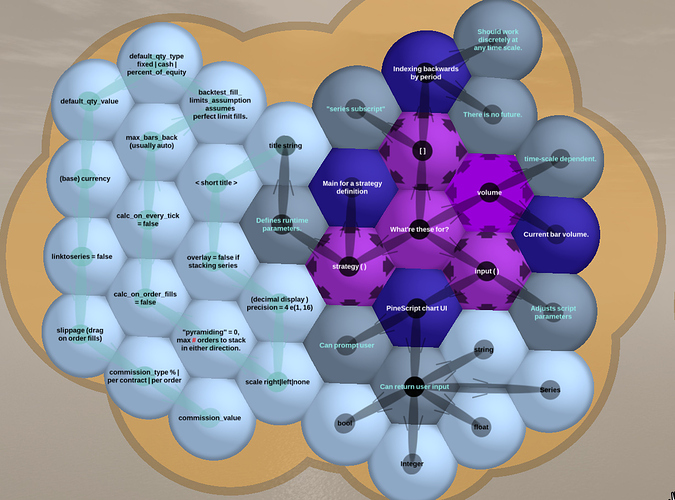In this reading assignment, it’s time to get familiarized with Pinescript and all of it’s functions. Check out the Reference Manual and answer the following questions. The Reference Manual is a great resource to use in the future as well any time you are looking for a specific function or indicator.
- What does the language operator [] do? (Hint: It’s not for regular arrays)
- What does the input function do? (Hint: Try it in Tradingview)
- What does the Strategy function do?
- What information does the Volume variable contain?

